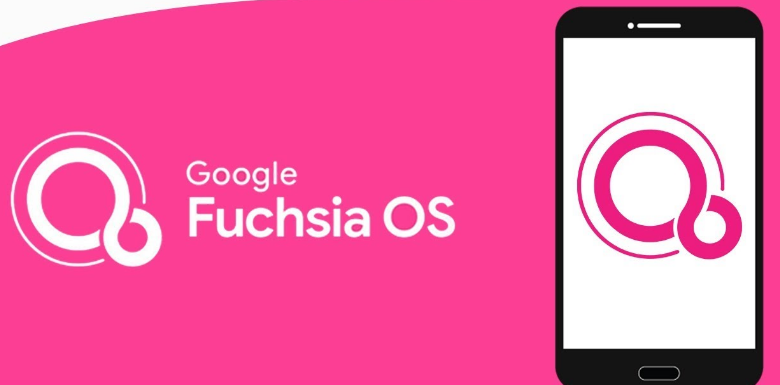Fuchsia OS Could Replace Android at Google
A New Era Begins in the Mobile World
📅 2021.12.27 - 👤 Borbély Viktor

We have become accustomed to the fact that when it comes to mobile phones, we can talk about two major camps: Android or iOS. Although these are not the only two platforms that exist, other solutions pale beside their market penetration. The unchanging nature of mobile operating systems in the recent period was broken by the Huawei Harmony OS announcement. A few months later, the announcement arrived: Fuchsia OS became official, and hand in hand with no less a player than Samsung.
What is Fuchsia OS?
codemagic.io compiled in a post what the prospective advantages of the new Fuchsia OS are. How is it built? I picked from these.
Fuchsia OS is a new operating system that breaks with the Linux kernel and uses the Zircon microkernel instead. Microkernels generally follow the principle of minimality, and although Zircon applies many of the concepts popularized by microkernels, it does not strive for minimalism. Fuchsia’s microkernel architecture helps reduce the amount of trusted code needed to run the system.
Fuchsia OS has four principles: secure, updatable, inclusive, and pragmatic. The documents describe these principles as follows:
- Secure: an application receives only the most necessary permissions
- Updatable: just like web content, apps come and go on a device. Accordingly, security updates can arrive at any time on different devices. My own observation: we will not only authorize permissions for apps (e.g., providing our own GPS location), but if necessary, the presence of a security update will also be required, or the presence of a security hardware component (chip).
- Inclusive: supports many languages, such as C++, Web, Rust, Go, Flutter, and Dart.
- Pragmatic: not just a scientific concept, but a system intended for live environments that must meet such basics as performance.
It can be seen that it carries all the requirements that Google has gathered experience in the mobile app market over the past 13 (14) years.
Does it support Flutter?
As the above article also writes, it will support Flutter by default. In addition to existing Android applications.
The Fuchsia OS F4 codename release notes (December 9, 2021) specifically mention a Flutter optimization.
 The F4 release notes
The F4 release notes
What will be the future of Flutter?
Huawei was previously able to run mobile apps developed for the Android system. And looking at the Harmony OS descriptions, it can be seen that it owes a lot to Google in its way of thinking. On the package manager page for Flutter developers, GMS (Google Mobile Service) rewrites appear one after another under the name HMS (Huawei Mobile Services). So in the future, Flutter apps will be able to run on Harmony OS.
The above alliance further strengthens Google’s dominance in a market where the platform was able to renew itself after 13 years. It has outgrown its teething troubles (performance lag; the constraint of supporting many displays), learning a lot from recent years. The fact that Google allowed (subject to compliance with certain licensing conditions) this diversity has now become a great advantage.
There is no doubt that not everyone likes (the recent marketing campaign launched by Apple against side-loading) the expansion sacrificed on the altar of security, but this is not always what matters to the average user. At the same time, adding that at this summer’s Google IO conference, Google took a determined stance in favor of protecting personal data in all its manifestations.
In any case, Samsung’s transition to the Fuchsia OS system is still waiting (a few years), but following the example, it is conceivable that several other phone manufacturers will follow its example. Not ignoring the fact that Fuchsia OS also wants to incorporate IoT devices (just like in the Harmony OS statements).
Personally, what I see with Flutter is that it wants to occupy every device that has a screen. And for those without a display, it intends Dart code for its embedded variant.
Exciting times are coming, and there is still time to prepare for it.
If you also want to create valuable solutions but don’t know how to start, then contact me with confidence. Let’s discuss how a “Mobile-first” plan fits into your business.